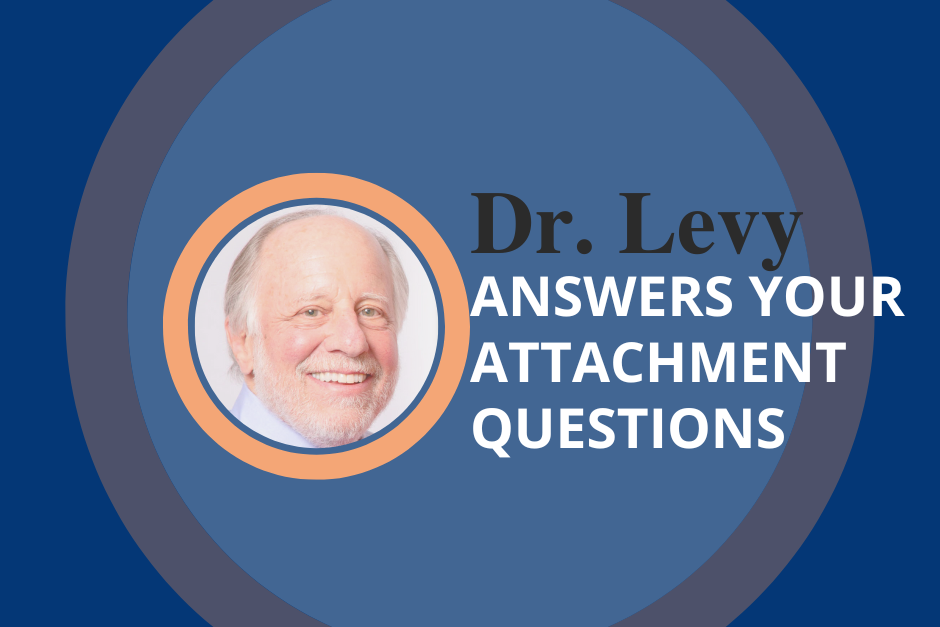The history and experiences children who are adopted have gone through prior to joining their adoptive family, play a major role in their emotional development and how they connect with their new family.
There are five key factors that influence the adoptive child’s attachment capabilities and challenges:
- Their prenatal experience – Lack of proper prenatal care, poor diet and nutrition, severe maternal stress and exposure to drugs and alcohol in utero affect the fetus as well as the child’s long-term development. Attachment begins in the womb. A fetus has well-developed senses and reacts to the biochemical and emotional messages from the parents and environment. How the mother and father respond to the pregnancy and how they convey their feelings about the baby, have an impact on how the child responds once they are born.
- Age and stage at placement — Children adopted when they are older, compared with those placed at birth or in early infancy, have more difficulties adjusting and developing secure attachments to their adoptive family. As the placement age increases so does the risk for psychological, behavioral and educational problems. Research shows that the majority of children adopted at 4 months from difficult circumstances were generally able to form secure attachments with their adoptive parents. Less than half of those placed at 8 months were securely attached and those placed after 12 months were more likely to have insecure attachment than those placed earlier. Each developmental stage presents unique needs and challenges. The later children are placed with a family that can respond appropriately to their needs, the more challenging their adjustment becomes.
- History of maltreatment – Abuse and neglect cause emotional and neurobiological damage that results in a myriad of problems over the course of a child’s life. Children adopted from foster care have commonly experienced years of maltreatment, multiple placements and unresolved losses. Children adopted from foreign orphanages have endured deprivation, lack of stimulation, many different caregivers and the loss of family and culture. Their history affects their worldview, their core beliefs about themselves, their ability to trust and their responsiveness to their adoptive family.
- Prior attachments – The quality of previous caregiving, the number of different caregivers and the types of attachments formed influence a child’s psychological and social development as well as attachment to their adoptive parents. Children with insecure and disorganized-disoriented attachment patterns lack trust, are extremely defensive and controlling and misinterpret parents’ motives and behaviors. The children who do best, are those who are placed early and aren’t moved.
- Postadoption parenting – Parents who receive education, support, helpful resources and effective family therapy are better able to cope with their personal, child and family challenges. Healing parents acquire the knowledge, skills and confidence to effectively deal with their children’s problems and create secure attachments. As with any family of a child with special needs, this is a daunting task but can have an enormous impact on how the adoptive child’s relationship with their family and how they fare in relationships in the future.


